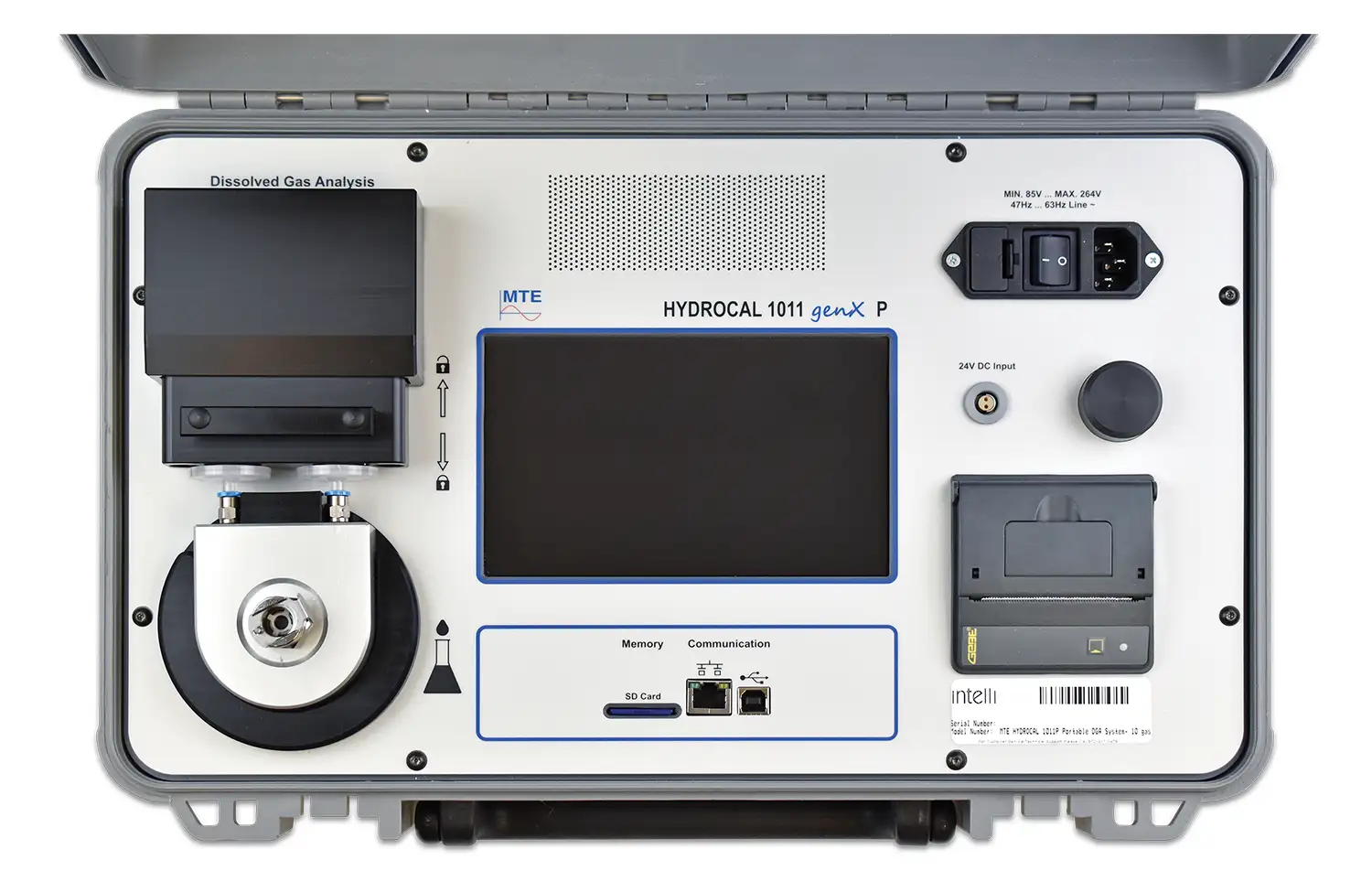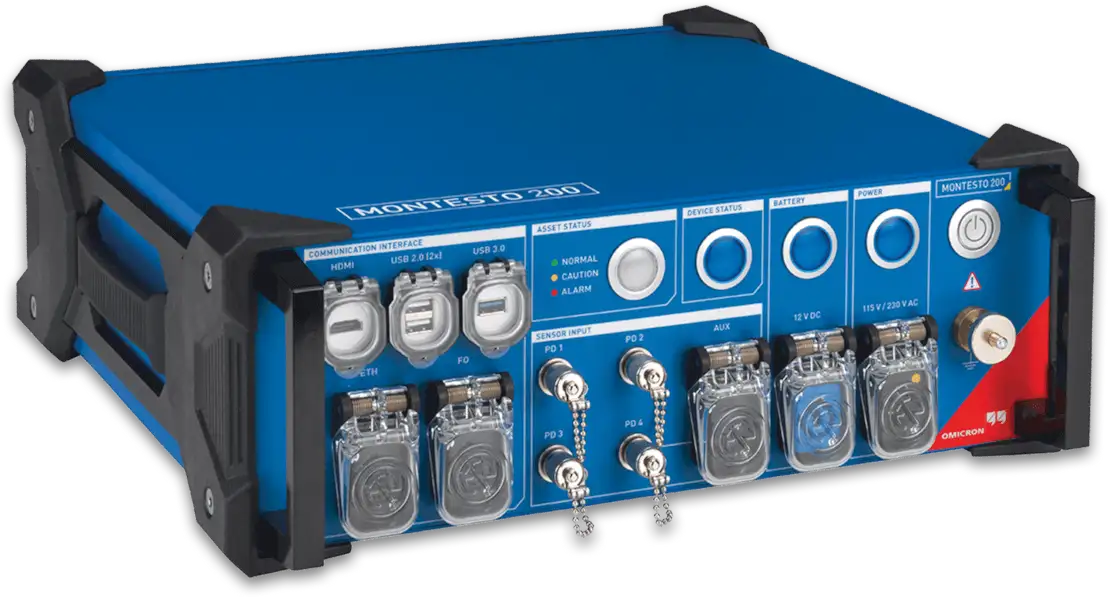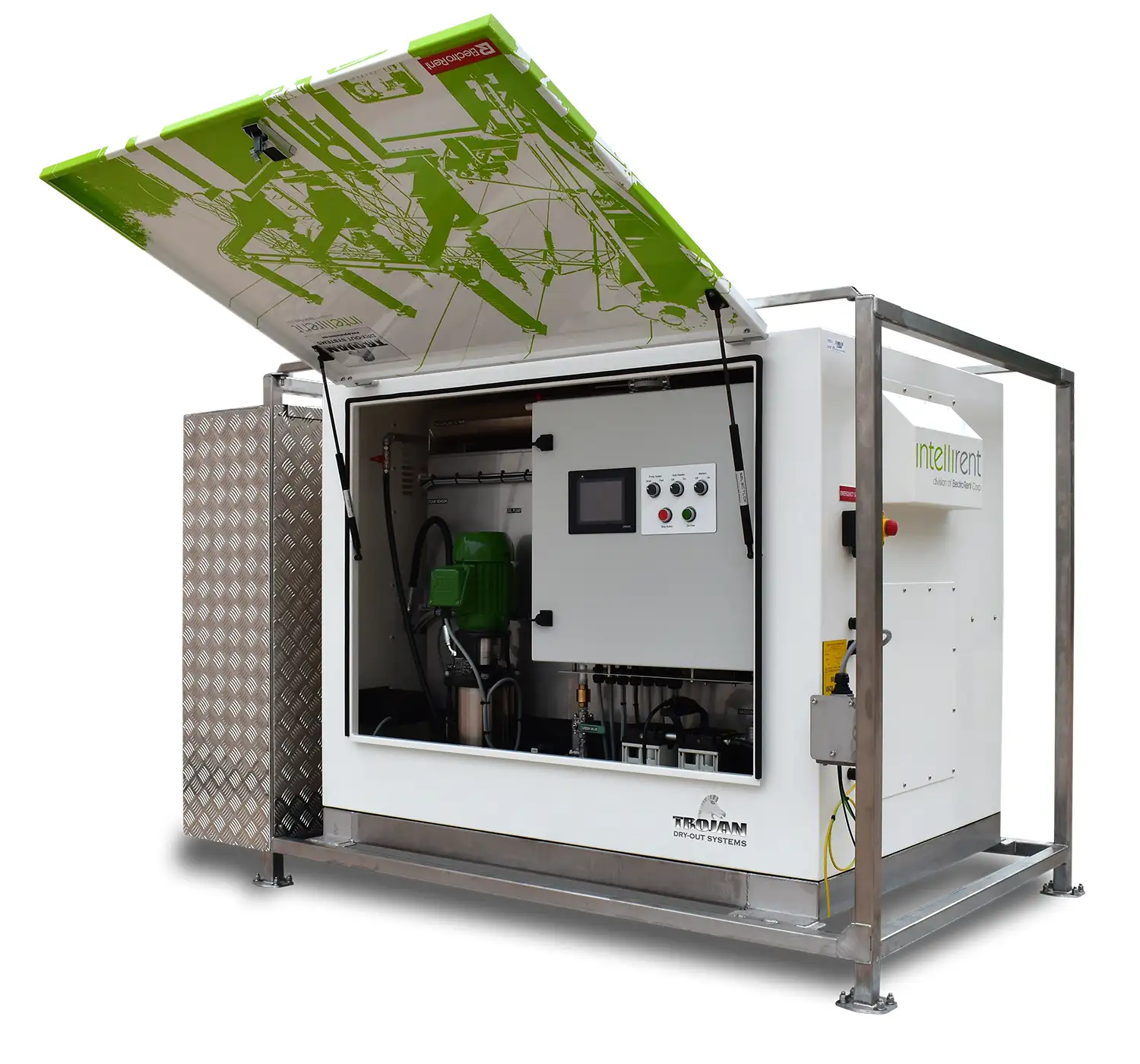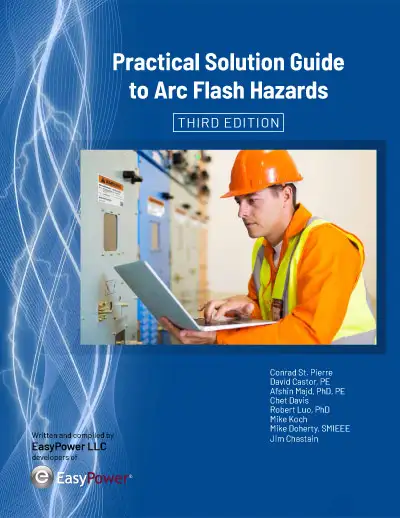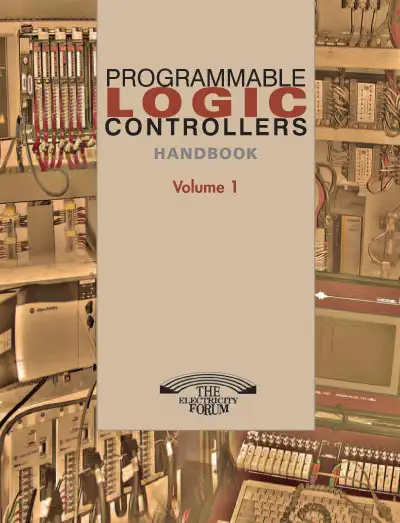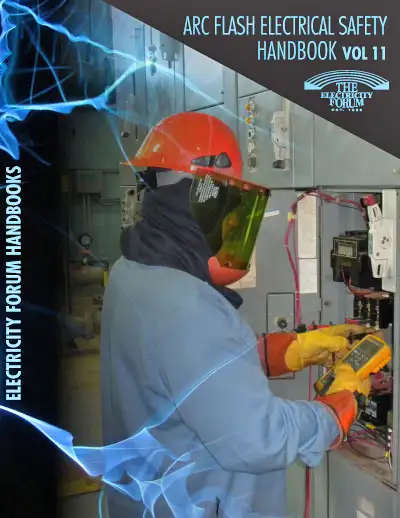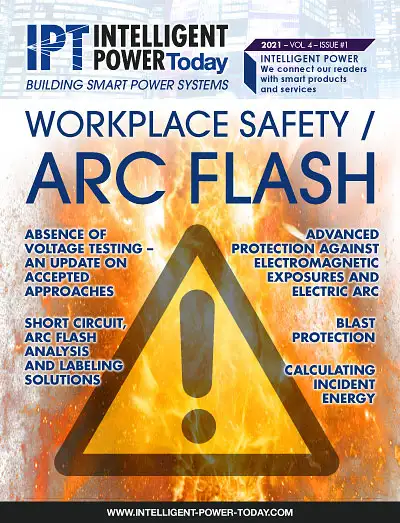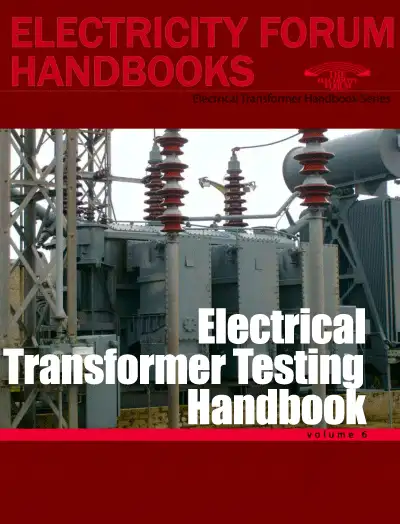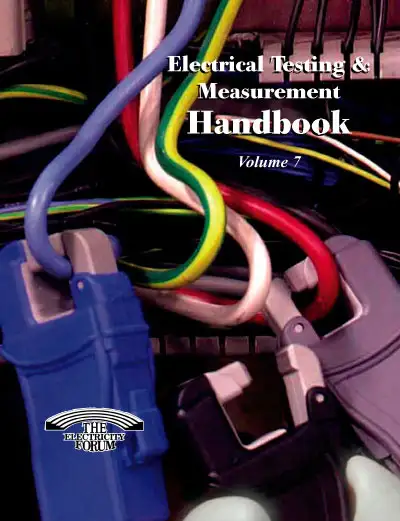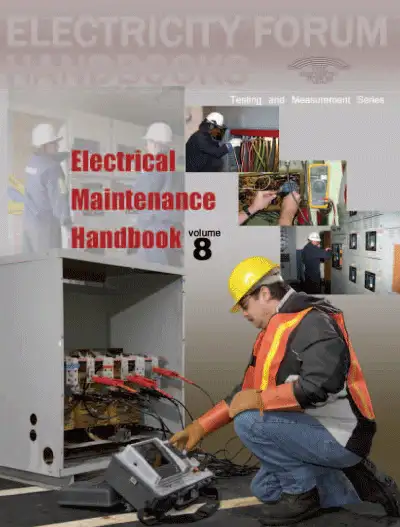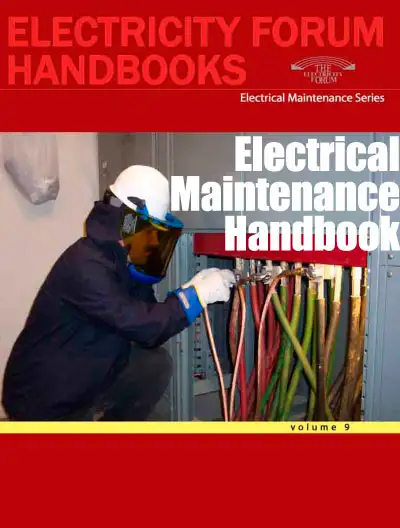Limited Approach Boundary Defined
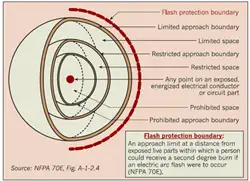
The limited approach boundary defines the minimum safe distance from exposed energized electrical conductors or circuit parts, within which there is an electric shock hazard. Defined by NFPA 70E, this zone helps determine how close a worker can get to energized parts without proper protection. The exact distance varies based on voltage level and system configuration.
Visit Our NFPA 70E Training Course
Visit Our Our CSA Z462 Training Course
This zone is one of several defined by NFPA 70E, including the restricted approach boundary and now legacy prohibited approach boundary.
According to NFPA 70E, this zone varies depending on the system's voltage level. For instance, for systems operating between 50V and 300V, the zone is 3.0 meters (10 feet 0 inches) for exposed movable conductors and 1.0 meter (3 feet 6 inches) for exposed fixed circuit parts. Crossing this threshold is restricted to qualified personnel equipped with appropriate personal protective equipment (PPE) and proper electrical safety training. Unqualified workers should maintain a safe distance unless supervised by qualified personnel.
Understanding and adhering to the limit is crucial in preventing electrical shock incidents and ensuring workplace safety. It is a critical arc flash risk assessment component, designed to protect workers from electrical safety dangers associated with energized electrical systems.
The LAB is established based on the incident energy level and the electrical shock risk. It marks the distance at which a person may be exposed to a shock hazard when approaching an electrical conductor or circuit part. This is specifically designed to protect workers from coming into direct contact with exposed energized electrical parts, which could result in a degree of burn or even more severe injuries.
The zone is one of several zones defined by NFPA 70E, with the others being the restricted approach and arc flash boundary. Each is tailored to different levels of hazard, with the limited zone marking the start of an area where additional precautions must be taken.
How does it differ from other approach boundaries?
Different boundaries are set in electrical safety to manage varying degrees of risk. This zone is typically the outermost zone, protecting against arc flash hazards, while the restricted zone is closer to the energized electrical parts and presents a higher risk of shock. The limited zone is a middle ground, where there is still a significant risk where shock hazard exists, but not as severe as within the restricted zone.
Within the restricted zone, specialized PPE is required, and only qualified workers are allowed to perform tasks. In contrast, within the limited zone, the worker is not necessarily required to have as much protective gear, but safety precautions still must be taken. The distinction between these zones helps to tailor the protective measures to the degree of risk involved.
What safety precautions must be taken?
Specific safety measures must be in place when a worker crosses into the zone to prevent injury. Personal protective equipment (PPE), such as voltage-rated gloves and flame-resistant clothing, may be required depending on the task's risk assessment. Tools and equipment used within this zone must also be rated for the environment.
A detailed risk assessment must be conducted before entering this zone. This includes evaluating the energy levels, the type of exposed energized components, and the likelihood of contact with an energized part. Proper shock protection is a must, as is ensuring that only trained individuals enter the zone.
Who is allowed to cross the threshold, and under what conditions?
Only qualified workers who have received the necessary training in electrical safety are permitted to cross this threshold. NFPA 70E defines a qualified person as someone who has the skills and knowledge to recognize hazards and take appropriate measures to prevent accidents. They must be aware of the specific hazards of working near energized electrical components and be able to use appropriate PPE.
In some cases, unqualified persons may enter the limited zone, but only if they are accompanied by a qualified individual who supervises their activities. This ensures that safety protocols are maintained and that the risk of injury is minimized.
How is the limited approach boundary determined for specific electrical systems?
The exact distance of the limited zone depends on the electrical system's incident energy and voltage. NFPA 70E provides guidelines for calculating the zone based on these factors. The higher the voltage, the further away the zone will be, as the risk of shock increases with the electrical potential.
For instance, systems with lower voltage levels may have a limited zone closer to the equipment. At the same time, higher voltage-rated systems will require a greater distance from an exposed energized risk to ensure safety. Protective devices' available fault current and clearing time are also considered in determining the zone. These calculations are part of a comprehensive risk assessment that ensures the threshold is set to protect workers effectively.
The LAB is a fundamental part of the safety framework established by NFPA 70E, ensuring that workers are protected from the risks of electrical shock and arc flash hazards. This zone is defined by specific distances and risk levels, requiring qualified workers and appropriate personal protective equipment (PPE). By distinguishing it from the restricted and arc flash boundaries, organizations can tailor their safety protocols to the specific hazards at hand, ensuring that workers can safely perform their duties while minimizing the risk of injury.
Related Pages
Arc Flash Boundary Table By Incident Energy
EF PARTNER MEDIA
Product Showcases
Shared Media

